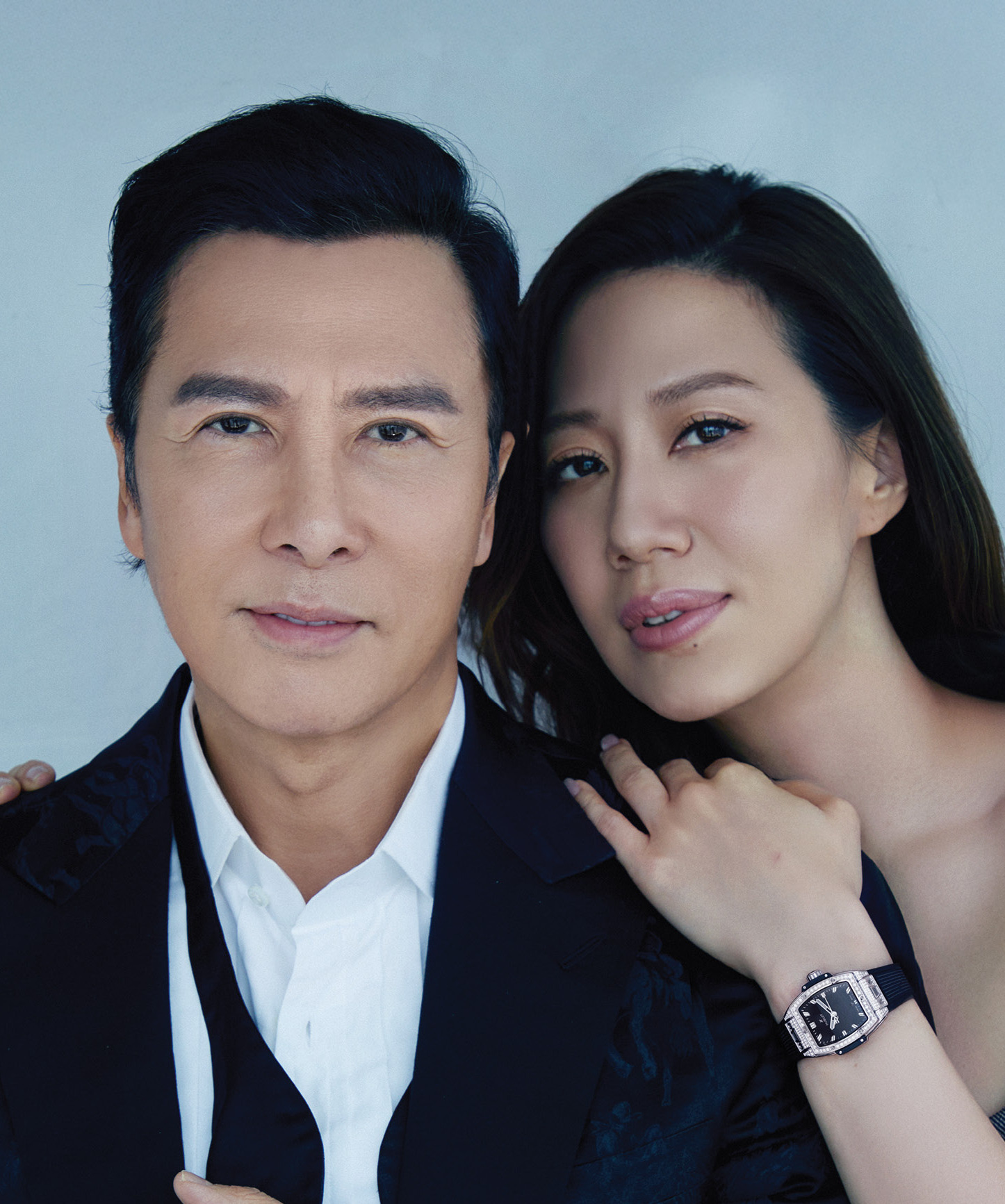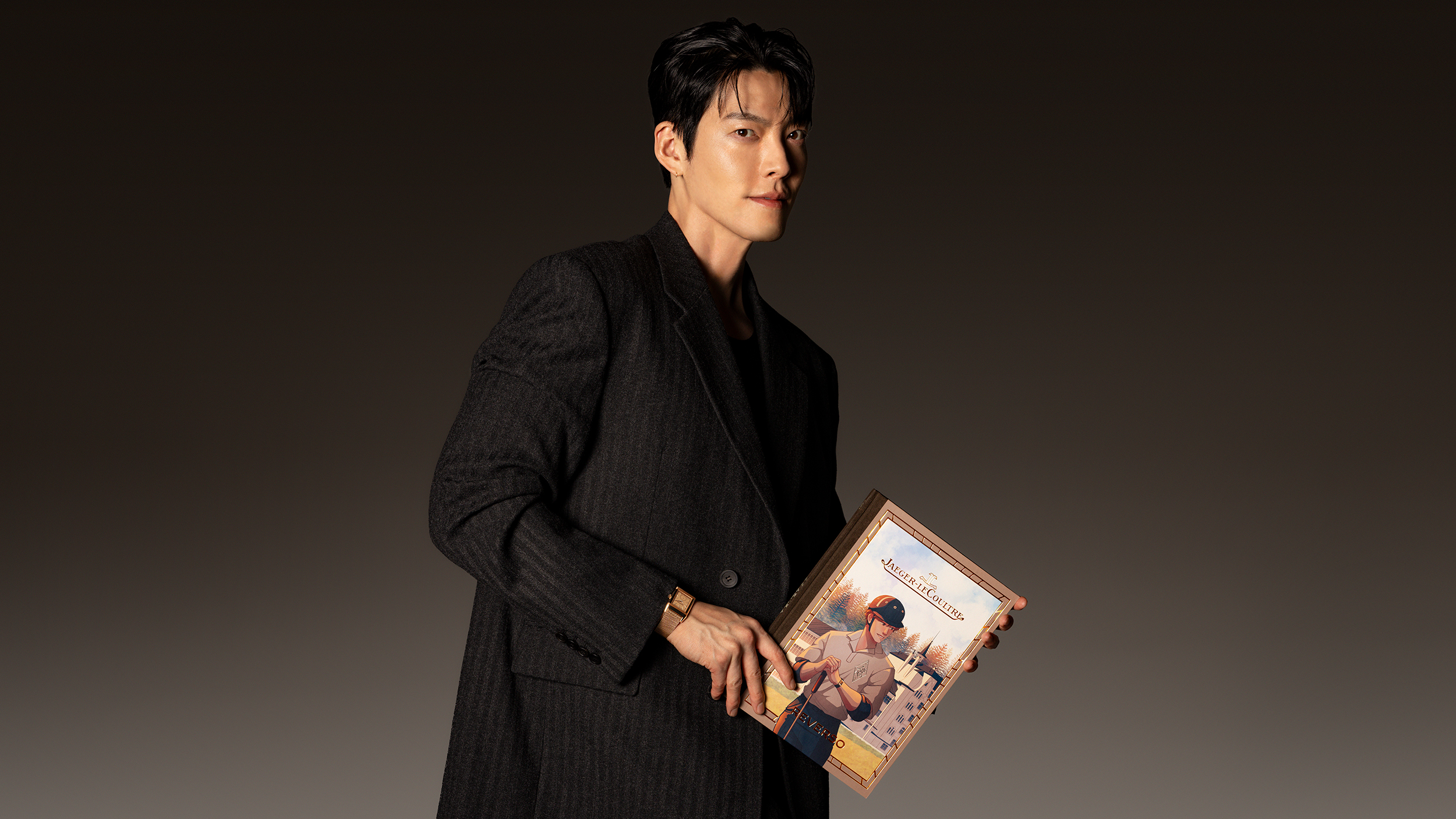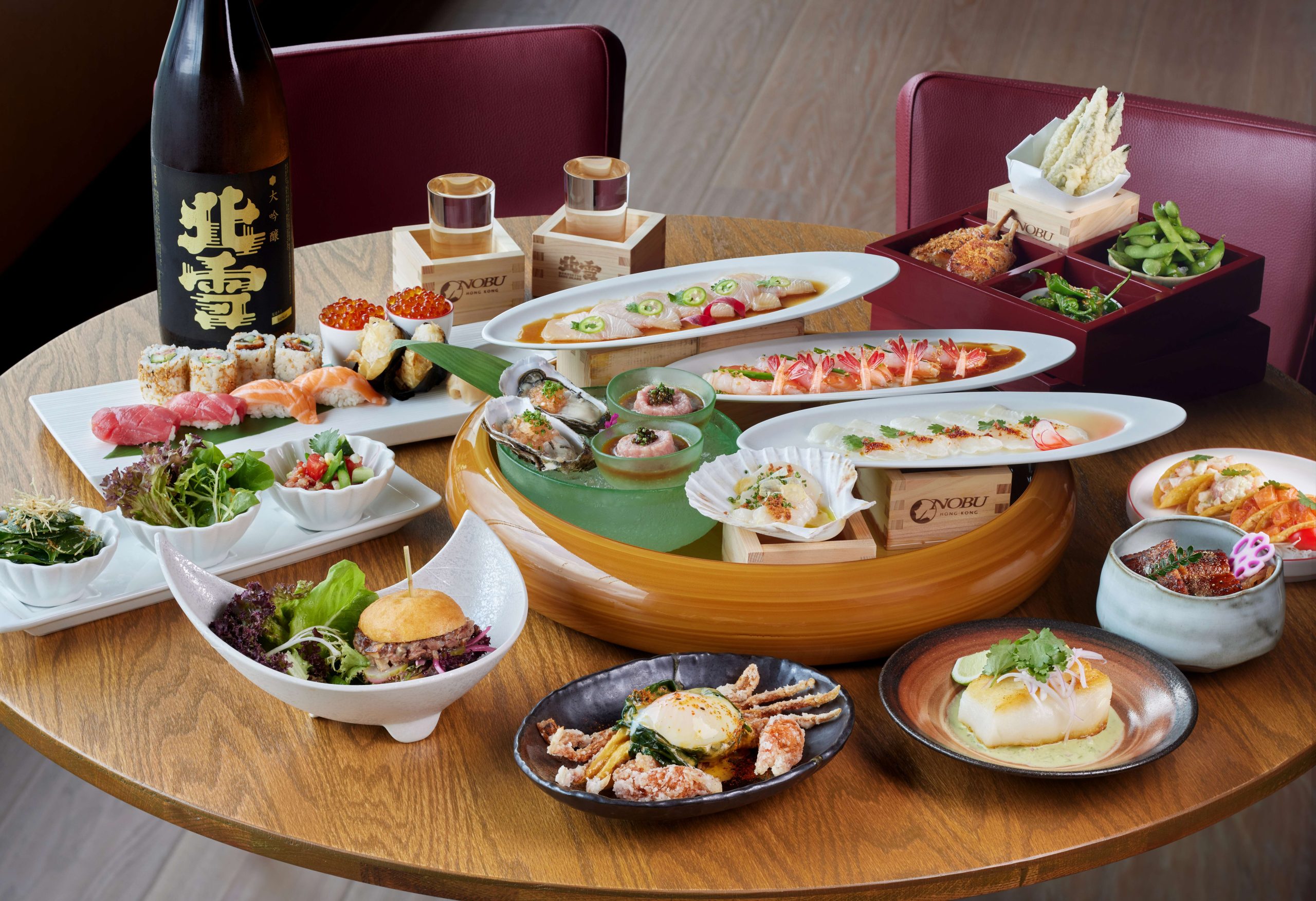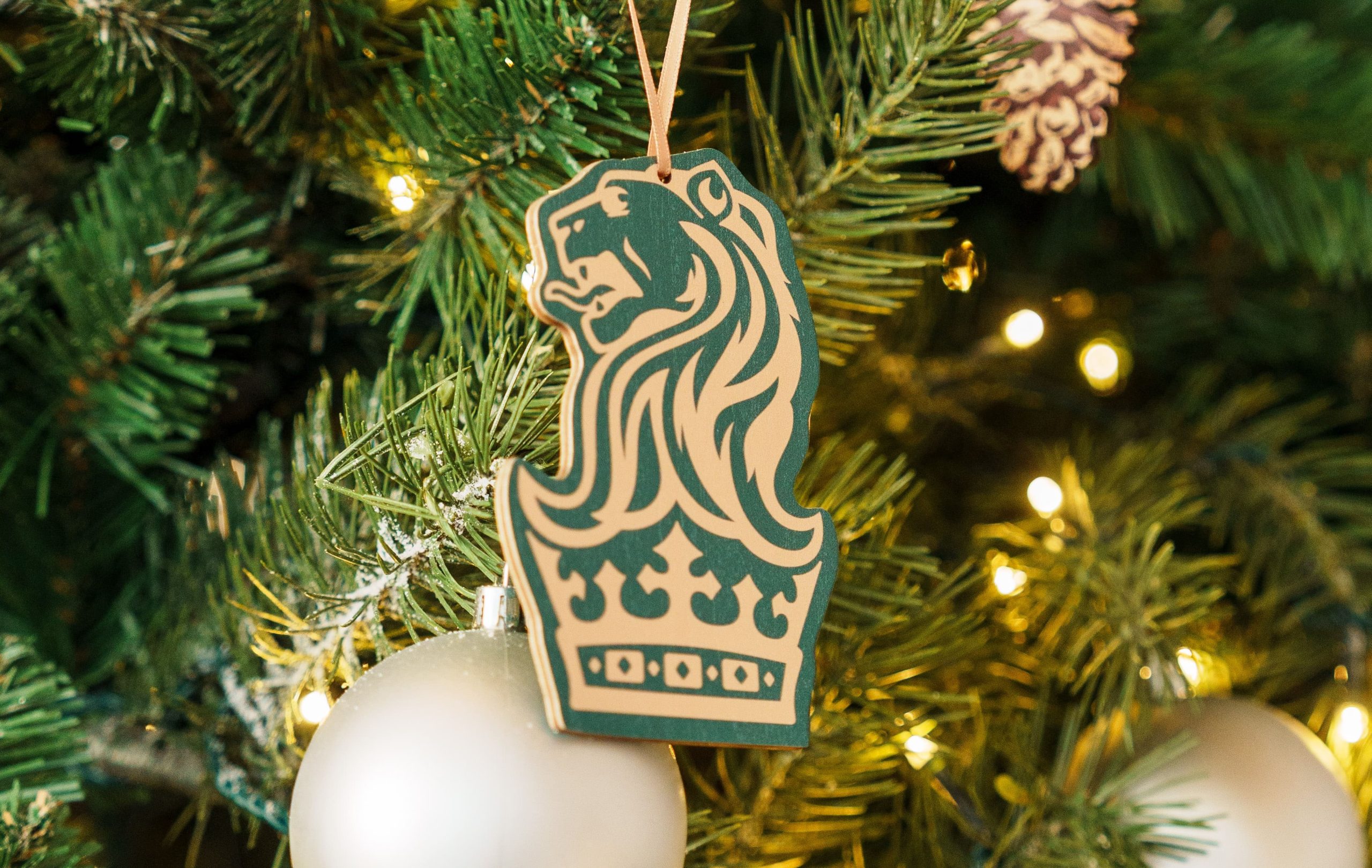In town to launch his latest solo exhibition, Exotica, and the Mark Bradford Education Lab: ‘Merchant Posters’, renowned abstract artist Mark Bradford talks to Jaz Kong about the joy of working with young students, the power of language in our life experiences, and the one thing that has always saved him
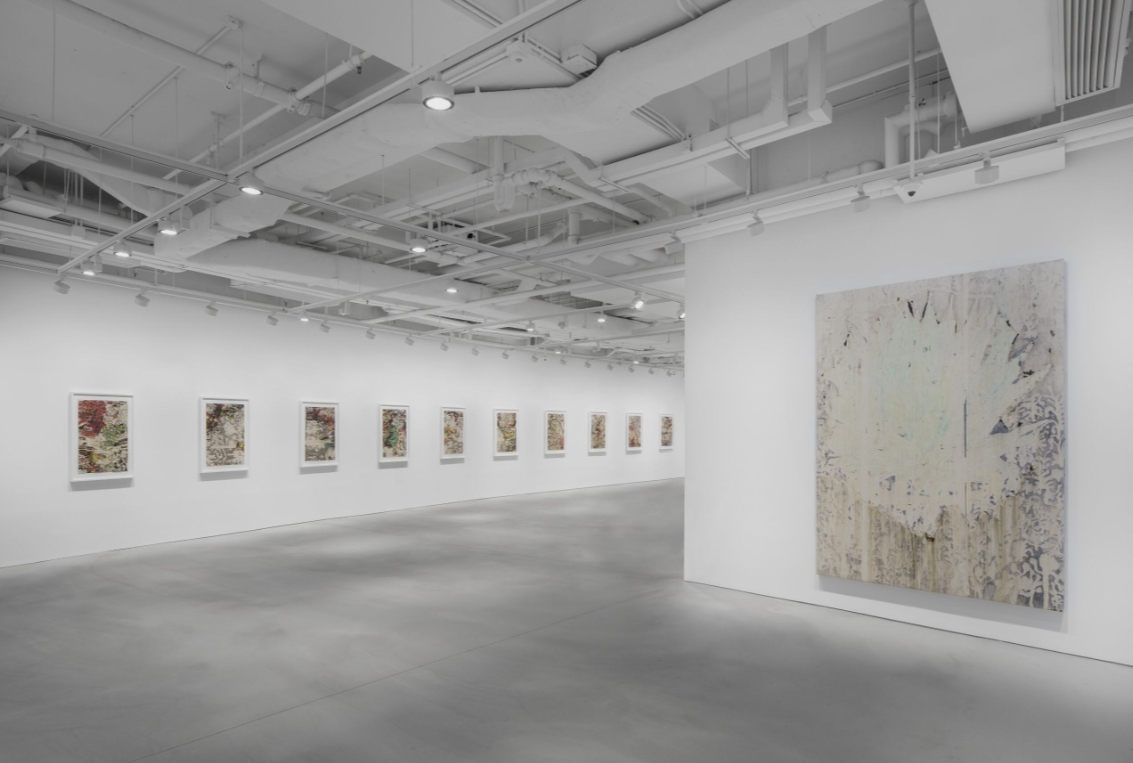
If you’re an art enthusiast, chances are you’ve heard of Mark Bradford – who is widely considered to be one of the most important abstract artists of our time. But what you may not know is that the former not-so-good student – who claims to have only known how to smoke cigarettes – is as committed to community outreach as he is to his art. Which is why his most recent visit to Hong Kong was not only to present his latest art series, Exotica, at Hauser & Wirth but also to unveil the new Mark Bradford and Hauser & Wirth learning programme in Sham Shui Po.
Bradford has always challenged the meaning of art. Coming from a black community and being openly gay, he has a different take on the sense of belonging and ultimately the definition of fine art and what it can do. The Mark Bradford Education Lab: ‘Merchant Posters’, in collaboration with Hauser & Wirth Learning and The Bridge+, is just one example of the kind of programme the artist wishes somebody would
have started for his community.
“You create what you don’t have,” he says. “Collaboration with young creative people in spaces that are open to those conversations is just really important to me and to my soul. I fundamentally believe that art should be more equitable. I don’t believe that fine arts education should just be for middle- and upper- class people. I think that developing the strategies to bring in more immigrants, working-class people or people who don’t have an understanding of it, is what makes what we do more raw.”
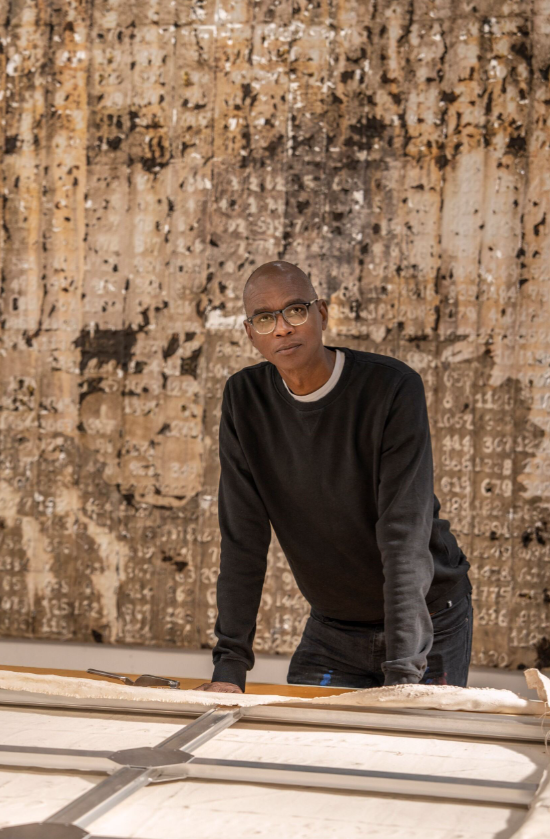
Bradford started his artistic journey rather late compared to the traditional college-student-turned- artist, which has only made him more dedicated to championing alternative paths. “Because I was that person – I wasn’t good at school and I didn’t study hard. I was a bad kid who smoked cigarettes all the time and didn’t go to class,” he says. “So what do we do with those people? If you don’t do what you’re supposed to do at 18, and you don’t go to university when you are creative, when do we? There’s got to be a second bus, honey.”
What makes the Mark Bradford Education Lab: ‘Merchant Posters’ – which introduces students and the local community to key themes within Bradford’s practice and working methods, including the processes of screen printing and photo emulsion – unique is the agreement and collaboration between the gallery, the space, the students (participants) and the artist. “It’s not that we all come from the same thing, but we have to have some fundamental philosophical agreement on something in order to make it work.”
Also see: Winners for the Standard Chartered Weather Photographer of the Year 2024
Bradford is happy to see the project working out so well, proudly describing how the students pushed him away during the silk-screening workshop. “When the young people take over the project, you know it’s successful,” he says. “They start pushing you out of the way saying, ‘No, no, no, we got this.’ And then you know it’s successful.”
“No matter where I work with them, they’re almost always the same despite the cultural differences,” he says. “They’re always quieter and introverted. They always have a lot going on inside and they hide, because very often creative people don’t feel safe. Sometimes they don’t have a lot of support. So they find a way to take care of themselves and find safe spaces. Of course they inspire me, because partly they remind me of me.”
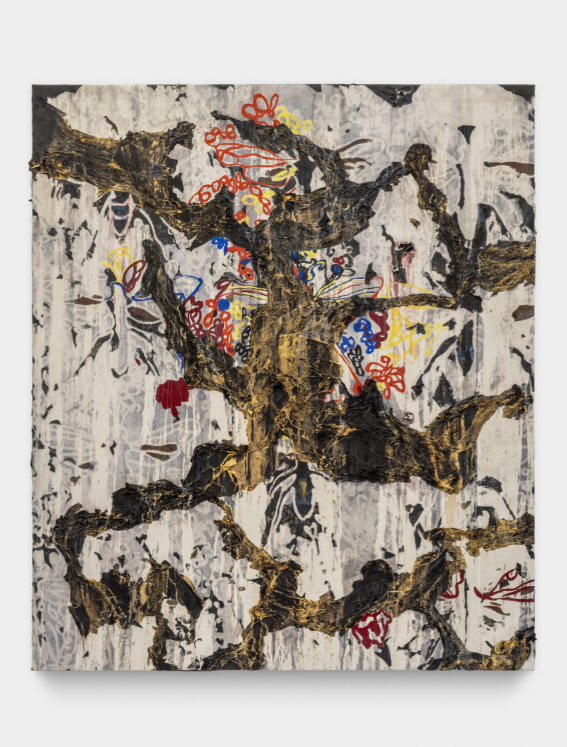
Frankly, it’s rather hard to imagine this 2-metre-tall giant was once a quiet kid in a small hair salon in South Los Angeles, especially with his vibrant voice and big “oh honey” riff. Does this mean he’s found his safe space? Surprisingly, the answer is no. “I’m still very introverted. But when you’re born in a body like this, you can’t be introverted all the time,” he says.
“I can tell you one thing – I don’t spend a lot of time with people who don’t appreciate me or don’t think I’m valuable. I find the spaces with people who do. That’s been the thing that has always saved me. And I think that that’s how I saved my soul. I always tell young people
to stop begging people to love you. I don’t waste a lot of time with people that don’t particularly care for me.
Also see: Art advisors on what to consider when building a collection (part 1 of 2)
So when I do my work, it’s the same thing. That’s why I still have joy. You don’t care for me? Okay, that’s your problem. Bye bye.” Suffice to say Bradford is always loyal to himself, among other qualities such as being curious, creative and a big thinker – which turns out to match his Virgo rising sign.
Exotica, which is on show until March 1, 2025, extends the artist’s recent formal and thematic investigations while pushing his practice towards distinctly new inventions. In the series of new, formally innovativeworks,Bradfordprobestheenduringimpact of colonialism and concepts of “otherness” through the lens of individual experience, starting with a book that that reflects a colonial impulse to document and categorise the things perceived as “other”, and the idea that naming something equates to understanding.
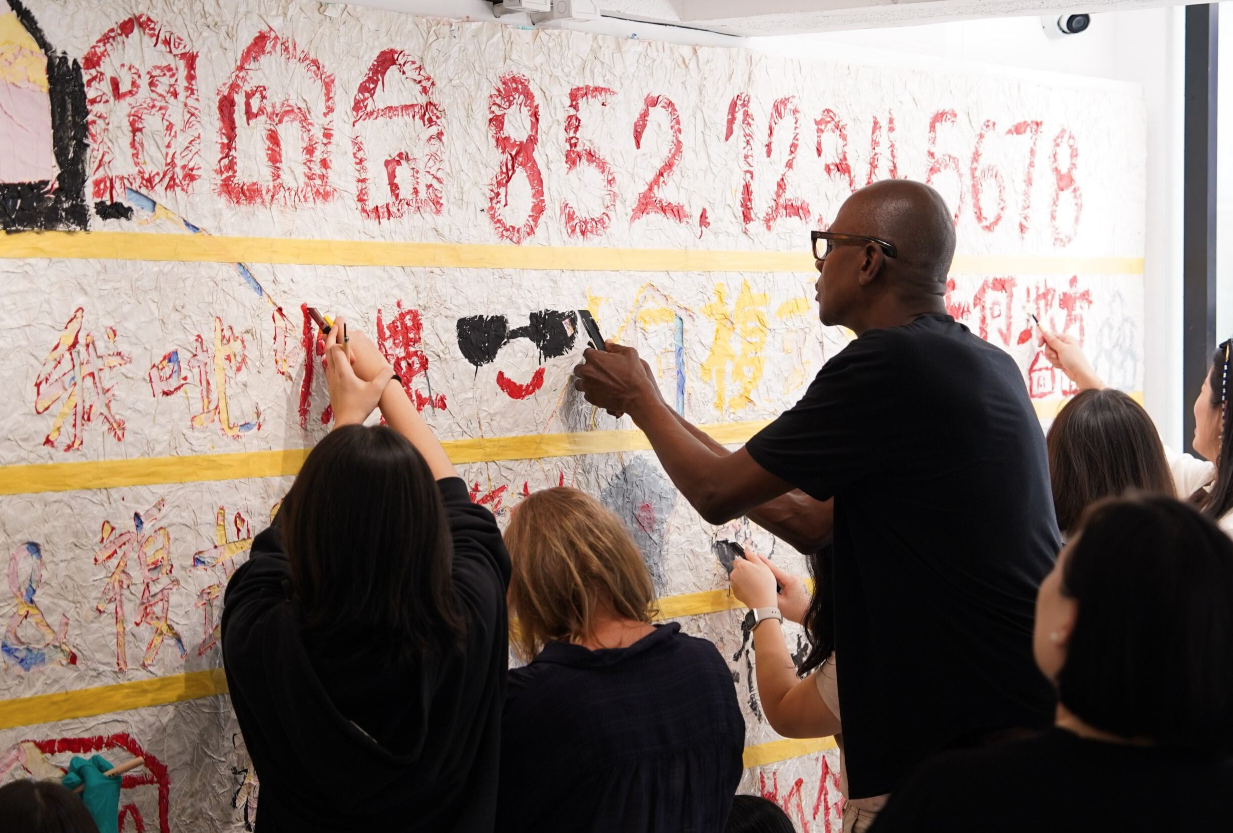
“All the titles from this show came from the book Exotica, which is an encyclopaedia that catalogues exotic plants from a Western perspective, for a Western reader,” he explains. “For this show, all titles are named after the plants. For other shows, sometimes I get names from music, or from when I hear people sing on the street. One thing about Black culture is we get language in a snap. It can change really fast. I love to go around my nephews and when they say something like ‘that’s fire’ or ‘it’s raging’, I don’t understand them, but I like the way we use language. And I’m very curious how things migrate.”
Bradford never saw himself as an outsider, or “some other people” versus “the majority”. He recalls being asked, “What does it mean to be black and gay?” To which he replied, “Okay, that’s just too big. I know what it’s like to be me. But I’m sorry, come on, these questions are too big. Let’s just go have a coffee.” Asking such a question is a symbol of differentiation, or even hierarchy, which is exactly what Bradford is trying to combat with Exotica.
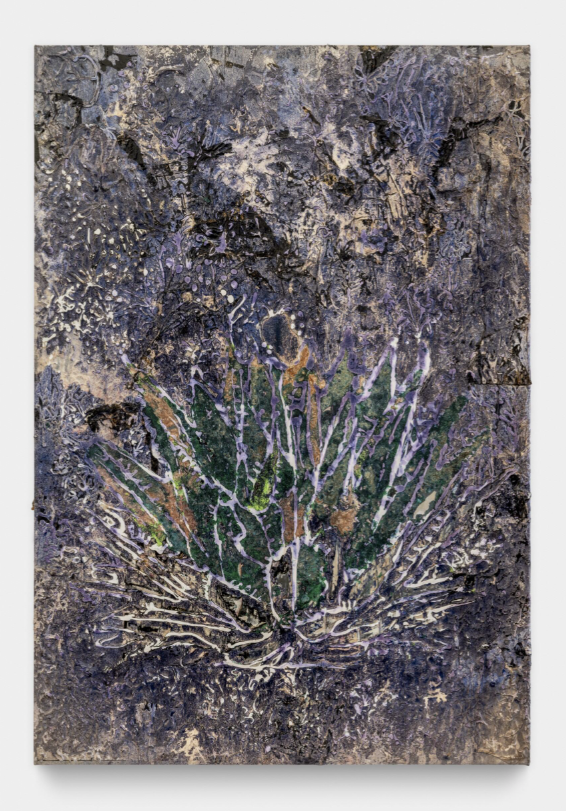
“It’s actually pushing back against the idea of ‘exotica’, this idea of othering something you don’t understand and you don’t have a relationship to. This plant encyclopaedia written in 1968 included all these plants from Southeast Asia and it says, ‘Isn’t this all interesting and exotic?’ And I thought this was so weird. So I kind of built the project around that idea of trace and memory. For example, the agave plant I used often and was repeated over and over again, is interesting because it blooms at the end of its life cycle. It echoes the notion that sometimes ideas do go underground, then they come up and have their moment. We just need to navigate different spaces.”
One new thing Bradford did in this show was to break up a giant painting into smaller ones because he thought it needed space to breathe, much like a real plant. “I can only tell you that it looked too tight. I made a huge piece of work but there was no trace, there was no memory at all,” he says. “So I just put it on the floor and cut it up, much like my memory. I didn’t even try to design it. But it abstracted, it opened it up. Because I work with so many layers, sometimes I tend to ruin the work because I’m excavating my own work and sometimes I just go too far. And I work all the way through water, paper and paint. It’s all about stains and traces of memory and liquid. I try to turn the paper into actual paint.”
Bradford seems to be good at turning something he’s not, or that’s not his, into something that’s very Bradford. For example, even though he named his artworks after plants, Bradford jokes that he’s not a nature person at all. The idea of fishing and then cooking the fish for food is simply too much trouble. Another bit of evidence is that Exotica heavily relies on caulk to create shadow-like imprints upon the canvases, alongside other common materials from the hardware store. “Yes it mends cracks,” Bradford says, “but I used it because it’s so everyday.”
Also see: Art advisors on what to consider when building a collection (part 2 of 2)


